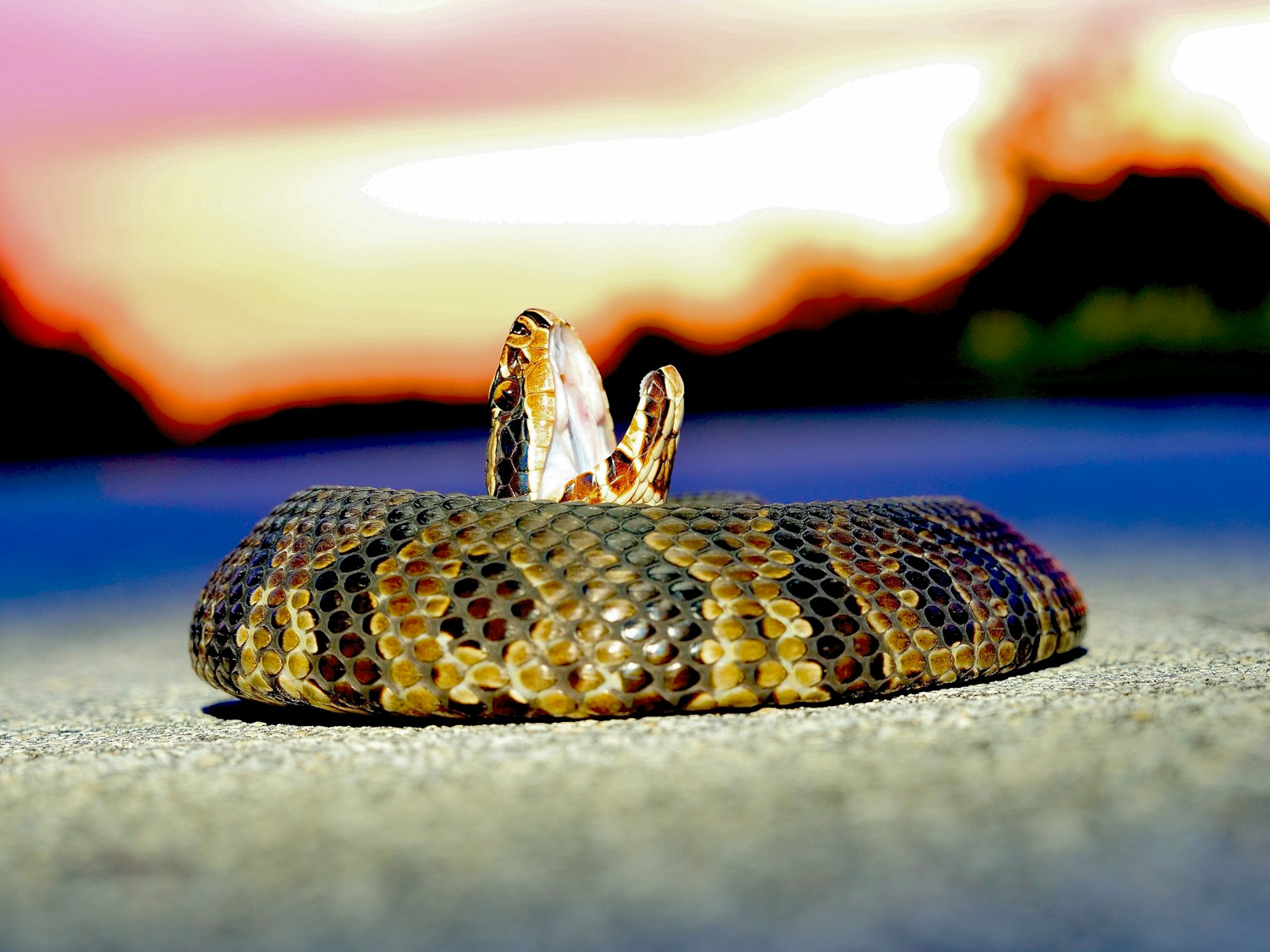In the animal kingdom, few creatures inspire as much fascination and fear as snakes. These remarkable reptiles have developed sophisticated behaviors that help them survive in diverse environments across the globe. Among these behaviors, sunbathing—or thermoregulation—stands as one of the most critical yet misunderstood activities. When you encounter a snake basking in the warm glow of sunlight, your instinct might be to run, observe closely, or even disturb it. However, interrupting a snake’s sunbathing session can have serious consequences for both the snake and potentially for you. This article explores the importance of a snake’s sunbathing routine and why humans should respect this vital activity from a safe distance.
Understanding Snake Thermoregulation
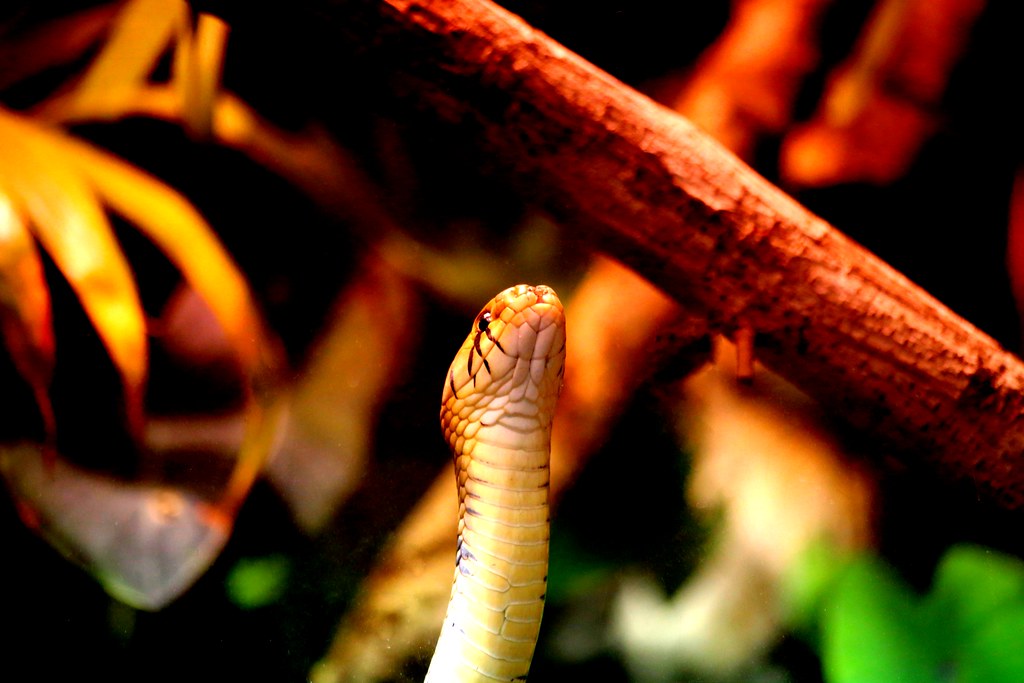
Unlike mammals, snakes are ectothermic creatures, meaning they cannot generate their own body heat through internal metabolic processes. Instead, they rely entirely on external heat sources to warm their bodies and regulate their temperature. This fundamental biological reality makes sunbathing not merely a leisure activity but a survival necessity. When a snake positions itself in direct sunlight, it’s actively managing its body temperature to enable vital physiological functions. Without adequate warmth, a snake’s digestion, immune response, and even its ability to move effectively become severely compromised. This dependence on external heat sources has shaped snake behavior and daily routines for millions of years of evolution.
The Science Behind Snake Basking
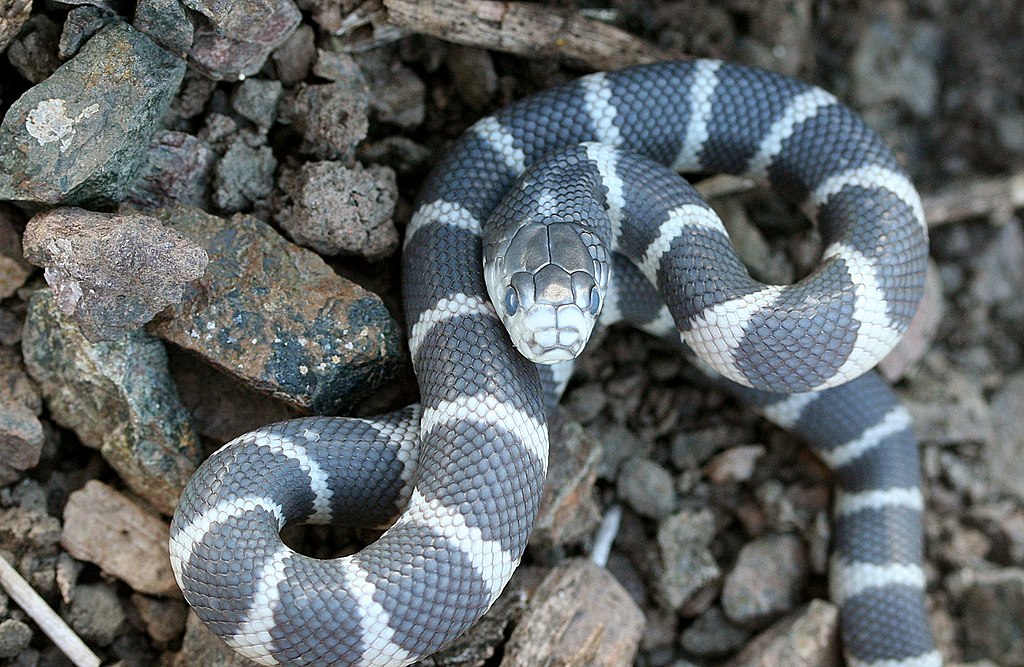
Snake basking is a precisely calculated behavior that involves complex decision-making. Snakes carefully select basking spots based on factors including sun exposure, substrate temperature, proximity to shelter, and potential predator visibility. Their skin contains specialized receptors that detect heat and help them position their bodies to maximize heat absorption efficiency. Many species have even evolved specific coloration patterns that optimize heat absorption—darker snakes can warm up more quickly in cooler environments. During basking, blood vessels near the snake’s skin surface dilate to increase heat absorption, while internal physiological adjustments occur to distribute this warmth throughout their body. This intricate process represents one of nature’s most elegant solutions to the challenge of temperature regulation.
Critical Timing in a Snake’s Day
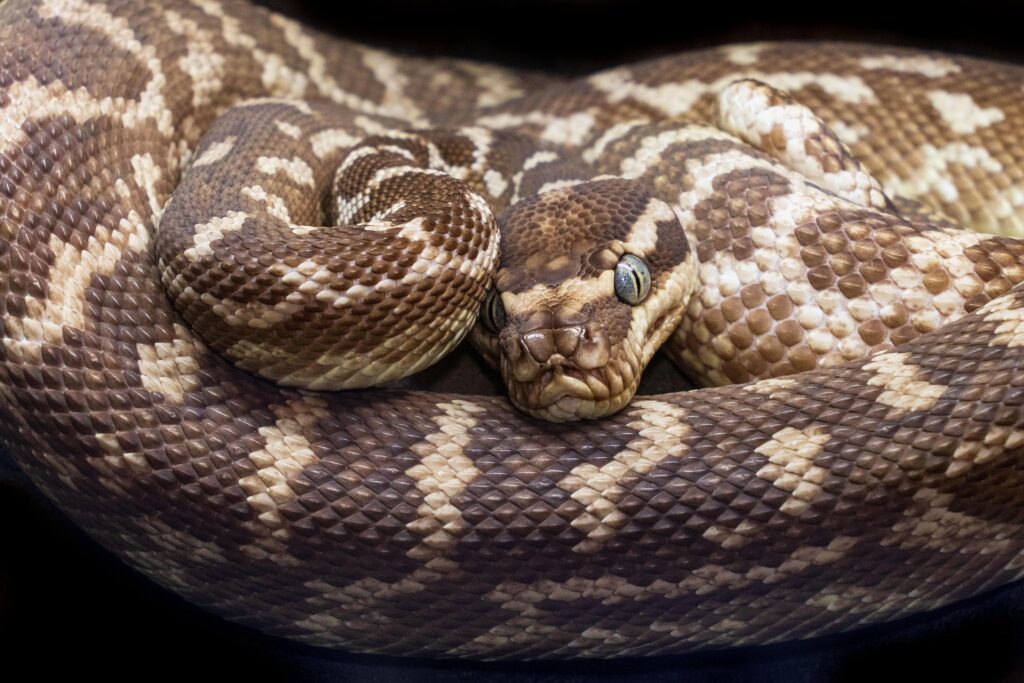
Sunbathing typically occurs during specific windows of opportunity throughout a snake’s day, making each basking session precious and irreplaceable. Many species emerge in the early morning hours when the sun provides warmth without the extreme heat of midday, which could lead to dangerous overheating. Others may bask during precise periods when predator activity is minimal, balancing their need for heat with their need for safety. Seasonal changes further complicate this timing, with spring and fall often featuring more extended basking periods as snakes prepare for breeding or hibernation. When humans interrupt these carefully timed activities, we potentially disrupt an entire day’s energy budget for the snake, forcing it to choose between vital warmth and safety.
The Stress Response in Disturbed Snakes
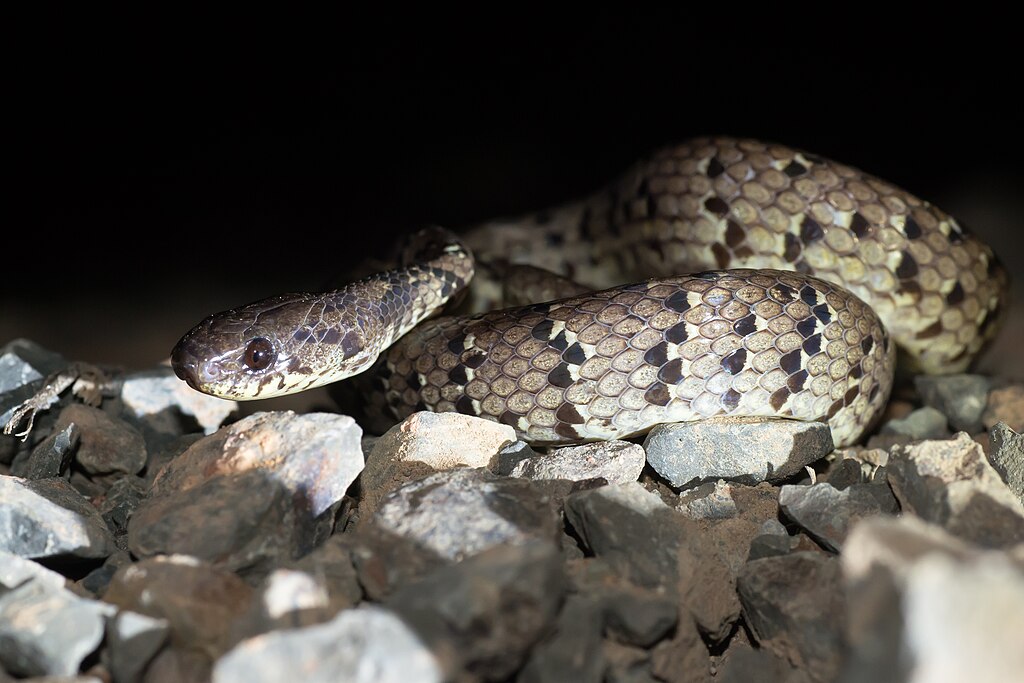
When a sunbathing snake is suddenly interrupted, it triggers an immediate and intense stress response. Stress hormones like corticosterone flood the snake’s system, redirecting energy away from essential functions like digestion and immune response toward emergency escape behaviors. This physiological reaction can remain elevated for hours after the disturbance, creating lasting negative effects on the snake’s health. Repeated stress from frequent human disturbances can lead to chronic conditions including compromised immune function, reduced reproductive success, and even shortened lifespan. Research has shown that even seemingly minor disturbances that cause a snake to retreat temporarily can have cumulative detrimental effects over time, particularly in areas with high human traffic.
Digestion Disruption and Feeding Consequences

One of the most critical reasons snakes sunbathe relates directly to their unique digestive process. Unlike mammals, snakes cannot effectively digest their food without achieving optimal body temperatures through basking. After consuming prey—which may be substantial relative to their body size—snakes seek warmth to accelerate enzyme activity and digestive processes. Interrupting this post-meal basking can force snakes to digest food in suboptimal conditions, potentially leading to food rotting in their digestive tract rather than being properly processed. This digestive disruption can cause serious health complications, including regurgitation, bacterial infections, and, in severe cases, death. For many snake species that consume large meals infrequently, a single disrupted digestion cycle can impact their survival for weeks or months.
Defensive Behaviors When Cornered
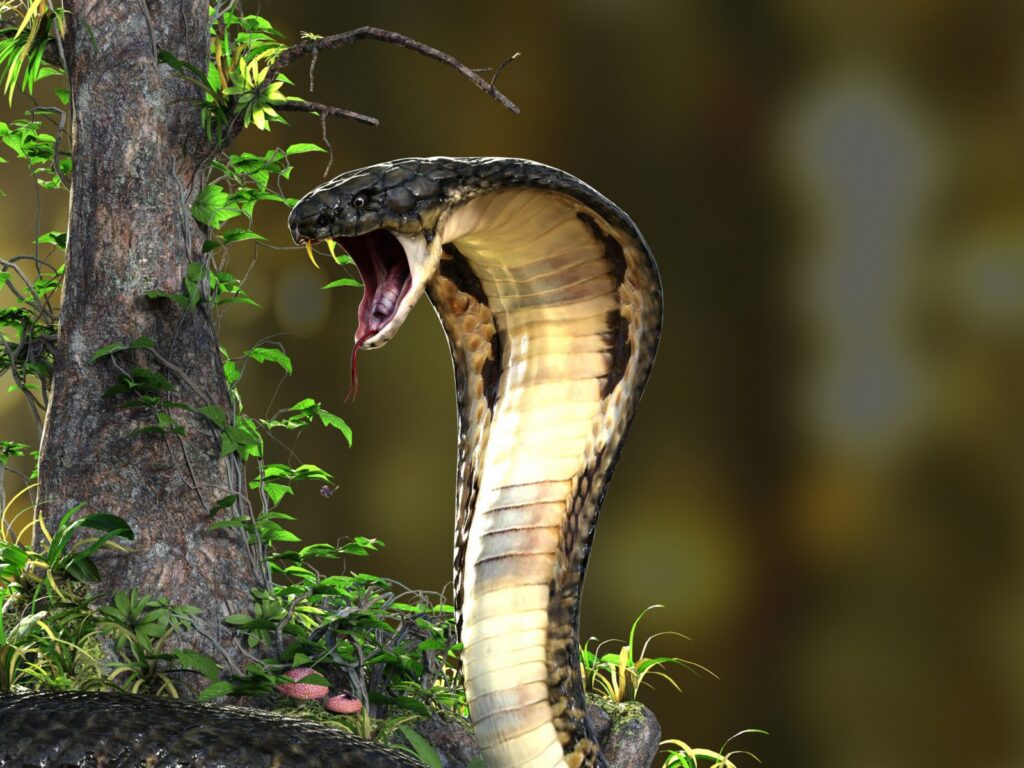
A disturbed basking snake often perceives human interruption as a predatory threat, triggering defensive behaviors that can escalate to dangerous encounters. Most snakes prefer flight over fight, but when cornered or startled during vulnerable periods, such as sunbathing, they may resort to defensive displays, including hissing, false strikes, or actual bites. Venomous species may deliver defensive bites when they feel threatened, resulting in potentially serious medical emergencies for humans. Even non-venomous snakes can deliver painful bites that may become infected. It’s worth noting that many snake bites occur specifically when humans interrupt snakes during vulnerable activities, such as basking, making this situation particularly hazardous for both parties.
Reproductive Implications
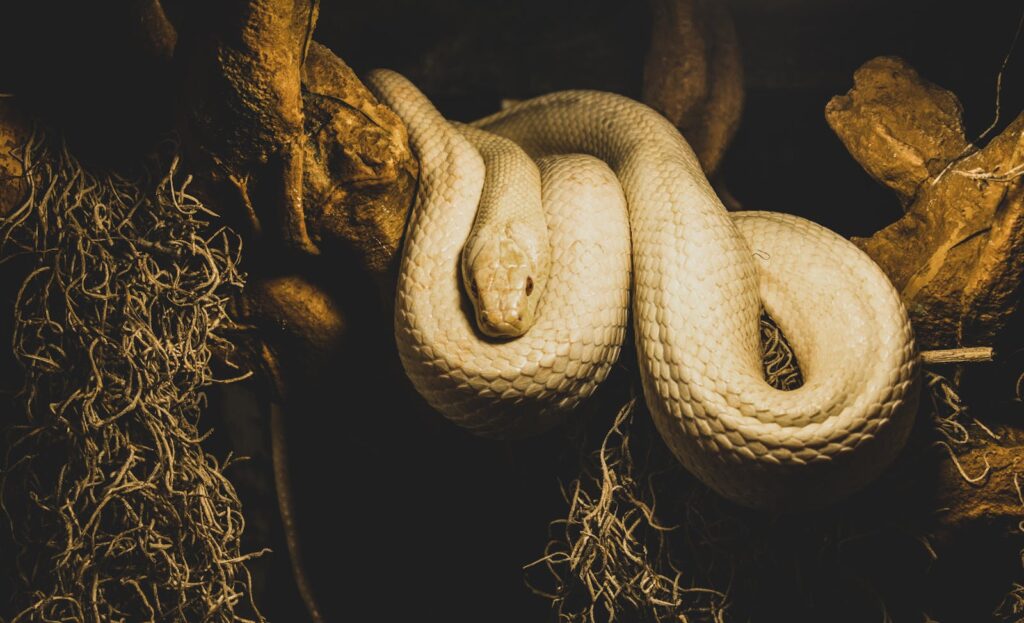
For gravid (pregnant) female snakes, sunbathing takes on additional critical importance related to reproductive success. Many female snakes engage in “facultative thermophily,” seeking higher-than-normal temperatures to optimize embryonic development. This specialized form of basking ensures that developing eggs or embryos (in live-bearing species) develop at the ideal temperature and rate. Interruptions during this critical reproductive phase can cause developmental abnormalities in offspring, increased mortality rates, or even total reproductive failure. Some studies suggest that female snakes experiencing frequent disturbances while gravid produce smaller litters with lower survival rates, potentially impacting local snake populations over time. This reproductive vulnerability makes respecting a basking snake particularly important during breeding seasons.
Impact on Seasonal Preparations
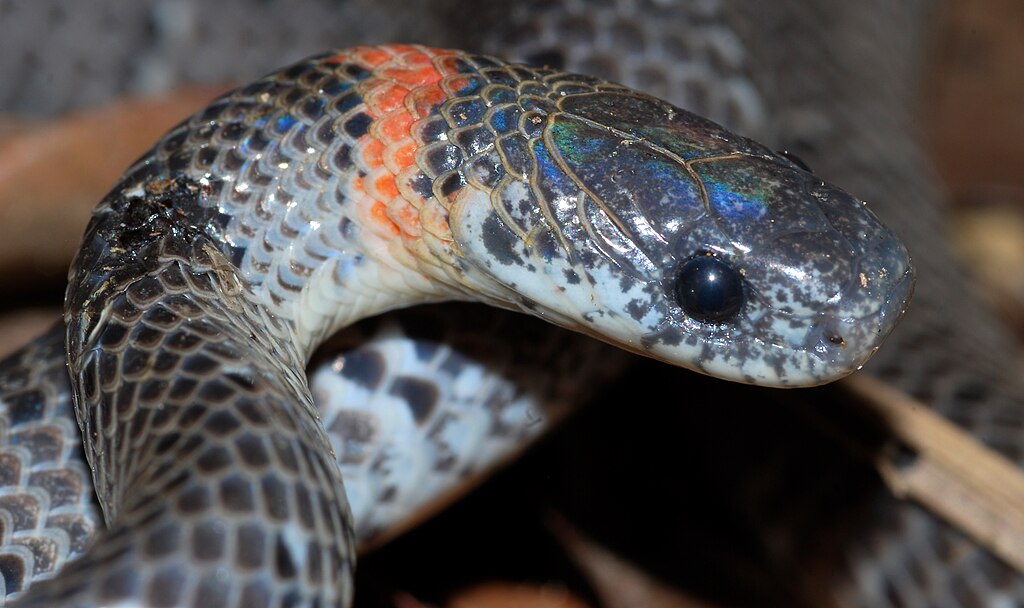
In temperate climates, snakes rely heavily on sunbathing to prepare their bodies for seasonal changes, particularly before hibernation (or brumation). Fall basking sessions are especially critical as snakes must build fat reserves and physiologically prepare for months of inactivity. Interruptions during these pre-hibernation periods can prevent snakes from achieving the physical condition necessary to survive winter. Similarly, spring emergence involves carefully timed basking to gradually raise body temperature and reactivate systems that slowed during winter dormancy. Human disturbances during these transitional periods can have a disproportionately large impact on snake survival compared to disruptions at other times of the year. For some northern species, successful hibernation preparation can mean the difference between life and death.
Conservation Considerations
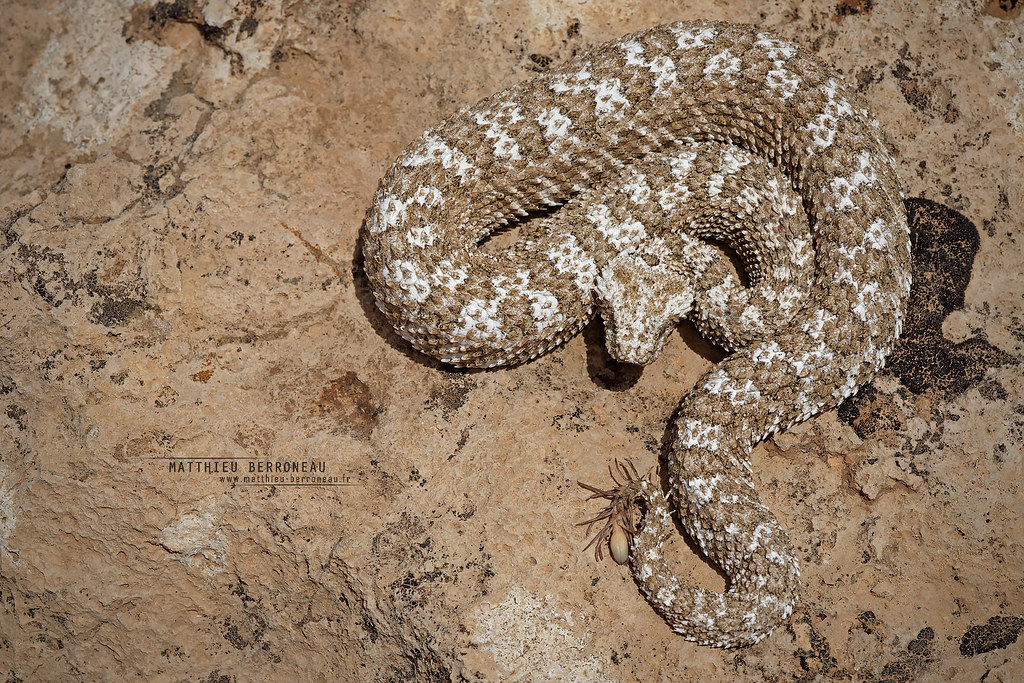
Many snake species worldwide face population declines due to habitat loss, persecution, and human disturbance. Respecting basking snakes represents an important conservation action that any individual can take to support healthy snake populations. In protected areas, wildlife managers increasingly implement seasonal closures of known basking sites or create designated viewing areas that allow observation without disturbance. Citizen science projects tracking snake basking patterns help researchers understand how climate change and human activity affect these critical behaviors. By simply giving basking snakes space and privacy, individuals can make a meaningful contribution to conservation efforts for these ecologically important predators, which help control rodent populations and maintain ecosystem balance.
Ethical Wildlife Observation
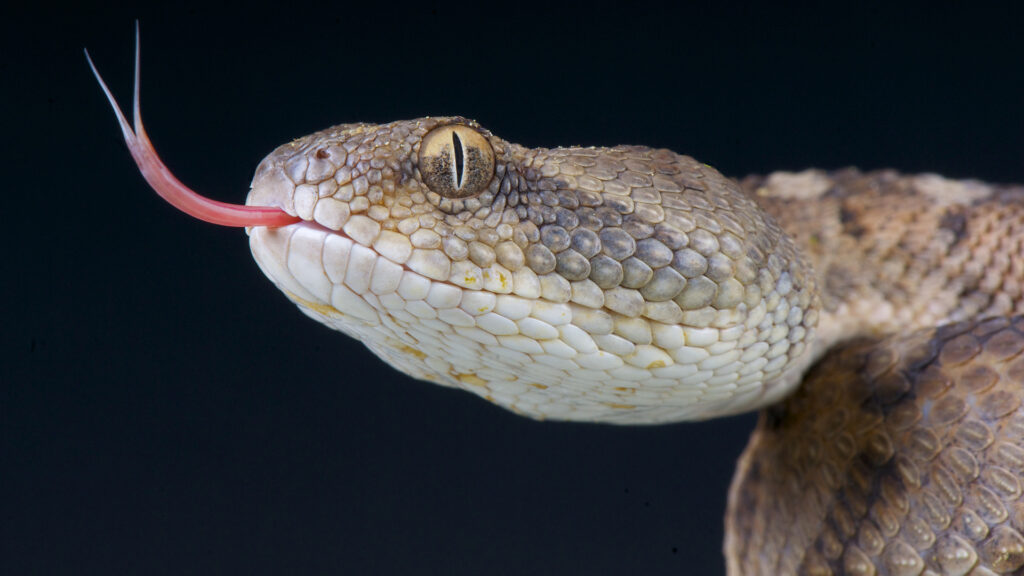
For nature enthusiasts and wildlife photographers, observing snakes in their natural behaviors can be deeply rewarding, but must be approached ethically. Responsible observation involves maintaining sufficient distance (experts recommend at least twice the snake’s body length), using binoculars or telephoto lenses for closer views, remaining quiet and still, and limiting observation time. Many experienced herpetologists recommend staying downwind of basking snakes, as some species have excellent chemosensory abilities that can detect human scent. Educational programs increasingly emphasize these ethical observation practices to minimize wildlife disturbance while still allowing meaningful connection with nature. Remember that a truly successful wildlife encounter is one where the animal continues its natural behavior undisturbed, even if that means a briefer or more distant observation.
Safety Protocols for Encounters
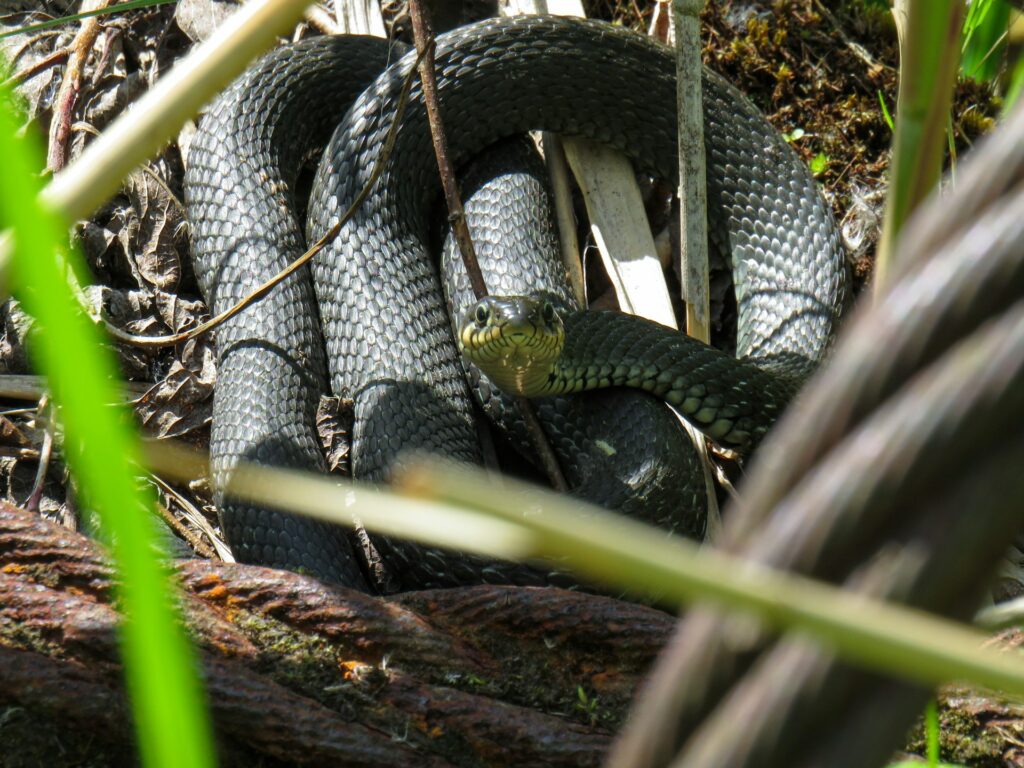
Should you encounter a sunbathing snake, following simple safety protocols protects both you and the snake. First, freeze your movement to assess the situation, then slowly and quietly back away to maintain a safe distance. Never attempt to touch, move, or handle a wild snake, regardless of whether you believe it to be venomous or not. Keep children and pets away from the area, as their unpredictable movements may provoke defensive responses. If you need to pass through an area with a basking snake, choose a wide detour path rather than attempting to navigate close to the animal. In areas known for venomous species, familiarize yourself with local emergency protocols for snake bites before venturing out, though such incidents remain extremely rare when appropriate caution is exercised.
Educating Communities and Reducing Conflicts
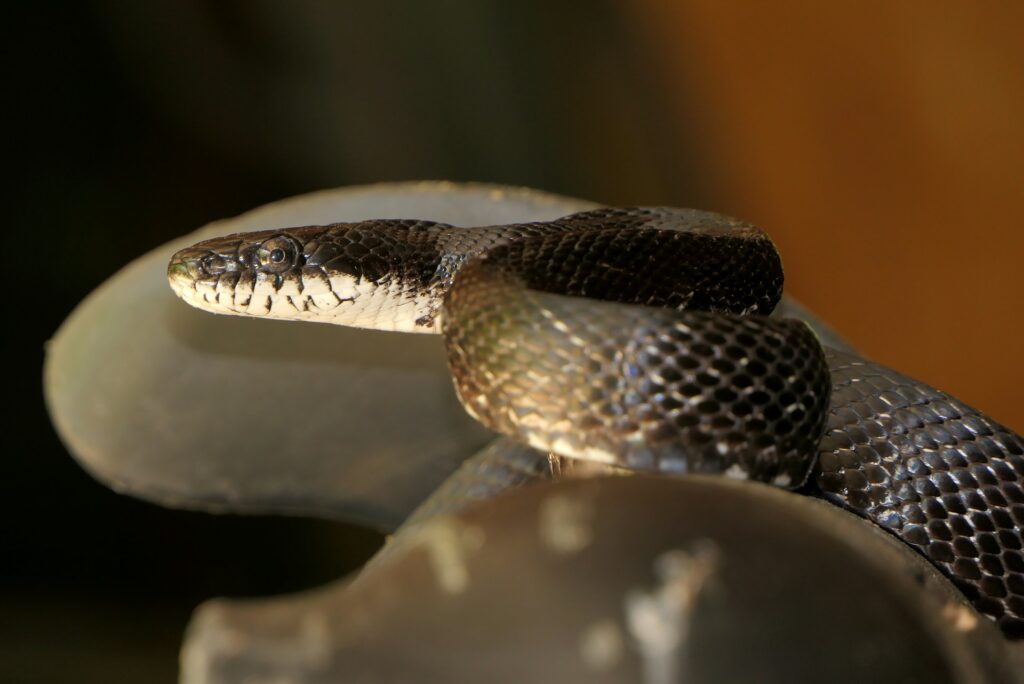
Community education plays a crucial role in protecting both snakes and people by reducing unnecessary conflicts. Local nature centers, parks departments, and herpetological societies often offer workshops on snake identification and behavior that help demystify these often-misunderstood animals. Teaching children early about respecting wildlife boundaries creates generational change in attitudes toward snakes and other wildlife. Many regions with significant snake populations have implemented signage at popular hiking areas explaining the importance of leaving basking snakes undisturbed. By sharing accurate information about snake behavior and ecology, communities can transform fear-based reactions into informed coexistence, reducing harmful interruptions of this vital snake activity while making outdoor recreation safer for everyone.
Understanding and respecting a snake’s need to sunbathe represents a perfect intersection of scientific knowledge, conservation ethics, and personal safety. By giving these remarkable reptiles the space they need to perform their essential thermoregulation, we not only protect them and ourselves but also demonstrate a deeper understanding of our place within natural systems. The next time you encounter a snake basking in the sun, remember that you’re witnessing a sophisticated survival behavior refined over millions of years of evolution—one that deserves our respect and protection. Through this respect, we contribute to healthier ecosystems while fostering a more harmonious relationship with the wildlife that shares our world.

